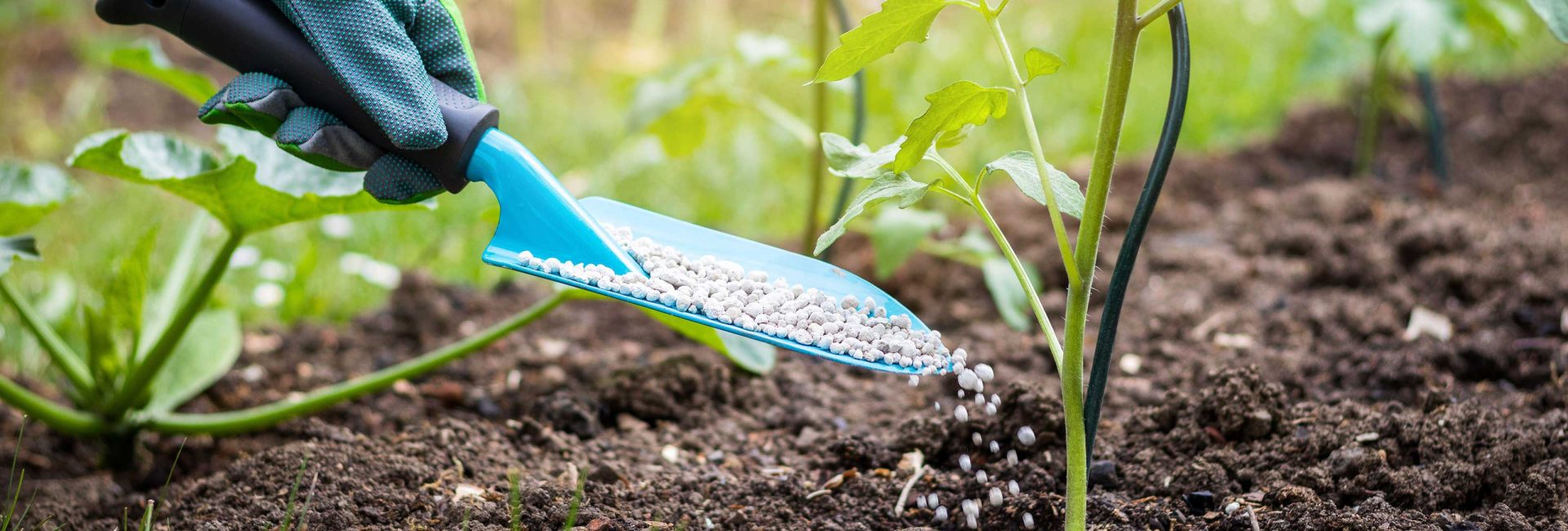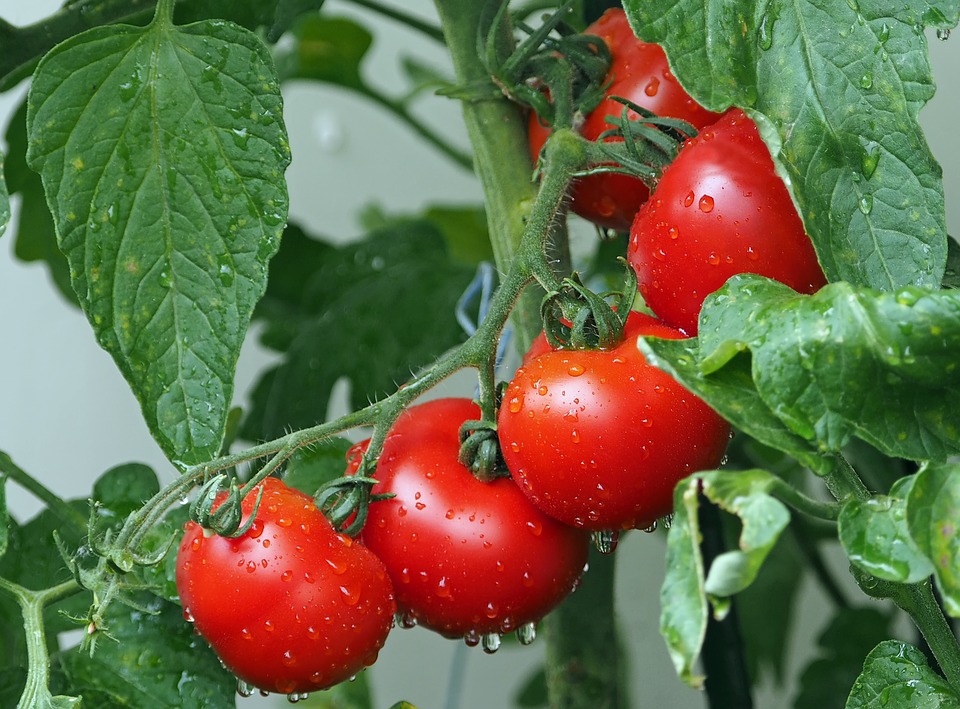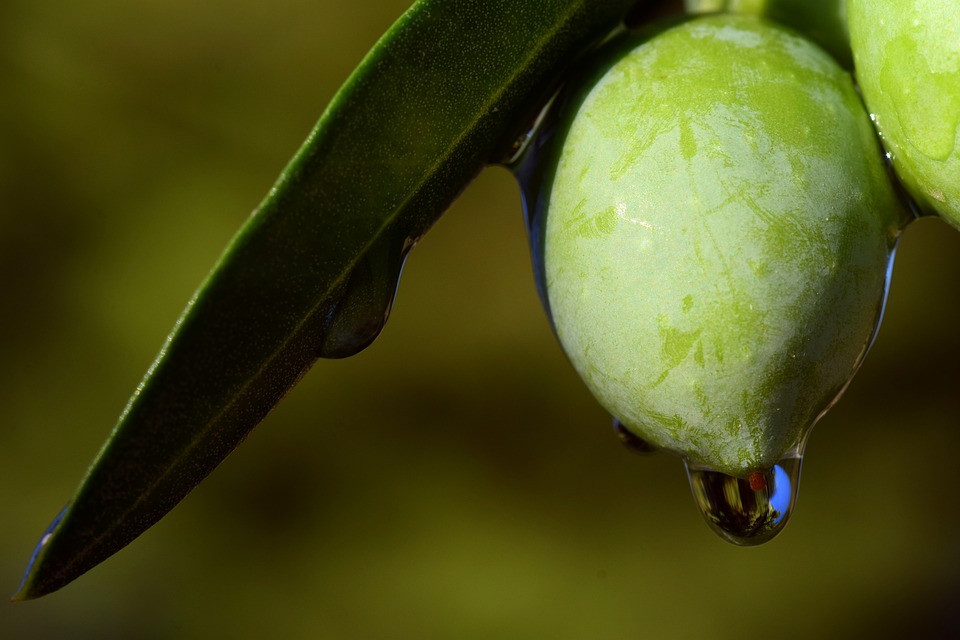A successful vegetable garden demands more than just excellent soil and enough hydration. Fertilization is critical for supplying essential nutrients to your plants, fostering healthy development, and increasing harvests. Understanding how and when to fertilize your vegetable garden, on the other hand, is critical to getting the best outcomes. We will look at the importance of fertilization, different types of fertilizers, application methods, and the ideal time to fertilize your vegetable garden in this post.
The Importance of Fertilization
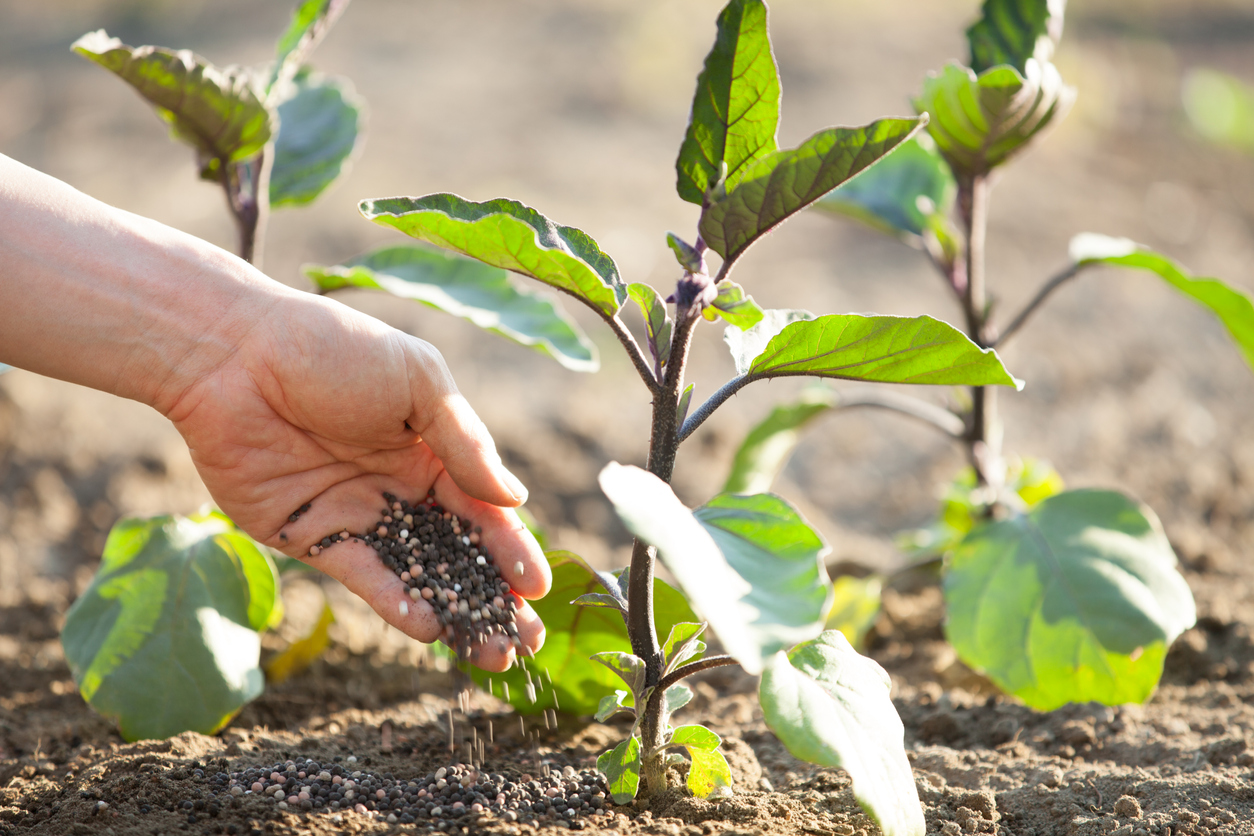 Fertilization is the process of replacing vital soil nutrients required for plant growth and development. These nutrients comprise nitrogen (N), phosphorous (P), and potassium (K), sometimes known as NPK, as well as trace elements. When your vegetable plants obtain the proper nutritional balance, they grow stronger, become more resistant to diseases and pests, and produce higher-quality, more plentiful crops.
Fertilization is the process of replacing vital soil nutrients required for plant growth and development. These nutrients comprise nitrogen (N), phosphorous (P), and potassium (K), sometimes known as NPK, as well as trace elements. When your vegetable plants obtain the proper nutritional balance, they grow stronger, become more resistant to diseases and pests, and produce higher-quality, more plentiful crops.
Types of Fertilizers
There are different sorts of fertilizers on the market, each with its unique set of benefits and nutritional compositions. Fertilizers are classified into three types:
Organic Fertilizers: Organic fertilizers are derived from natural sources like as compost, manure, bone meal, and seaweed and provide a slow and constant release of nutrients. They promote beneficial microbial activity while improving soil structure and fertility. Organic fertilizers are less harmful to the environment and are safe to use around children and pets.
Fertilizers that are inorganic or synthetic: These fertilizers are chemically manufactured to deliver specified nutritional ratios. They are highly concentrated and swiftly give nutrients to plants. Inorganic fertilizers are frequently water-soluble and might be granular, liquid, or powdered. While they can cause quick growth, they can also cause over-fertilization if not applied properly.
Controlled-Release Fertilizers: Also known as slow-release or time-release fertilizers, these formulations progressively release nutrients over time. They give a consistent supply of nutrients to the plants, lowering the danger of nutrient leaching or over-fertilization. Controlled-release fertilizers come as coated granules or pellets, making them ideal for gardeners who want a hands-off approach to fertilizing.
Application Methods
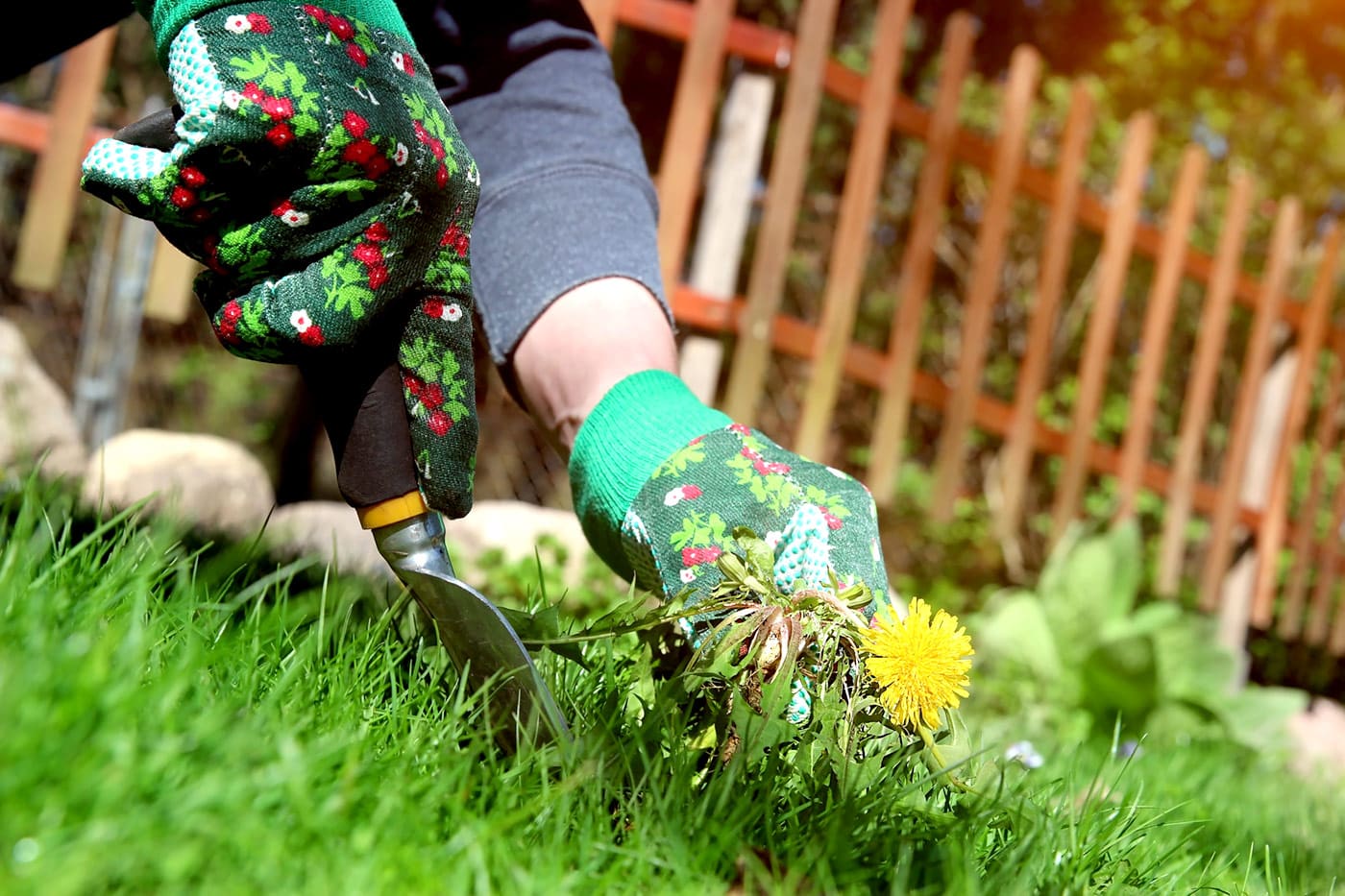 Once you’ve decided on the finest fertilizer for your vegetable garden, you’ll need to figure out how to apply it. The two most prevalent techniques of application are:
Once you’ve decided on the finest fertilizer for your vegetable garden, you’ll need to figure out how to apply it. The two most prevalent techniques of application are:
Broadcasting: This approach entails uniformly applying fertilizer throughout the soil surface, covering the entire vegetable garden area. Broadcasting is appropriate for granular fertilizers and is often followed by mild absorption into the soil with a rake or thorough soaking of the garden.
Banding: Applying fertilizer in a dense band around the base of each plant is referred to as banding. This strategy makes nutrients available to the plant’s root zone directly. Banding is widely used for liquid or water-soluble fertilizers and is especially useful for plants that demand a lot of nutrients, such as tomatoes or peppers.
Timing of Fertilization
Knowing when to fertilize your vegetable garden is critical for supplying the appropriate nutrients at the appropriate stage of plant growth. Here are some pointers to keep in mind:
Fertilization Before Planting: Before sowing or transplanting your vegetable seedlings, prepare the soil by using organic matter such as compost or well-rotted manure. This pre-planting treatment improves soil fertility and offers a nutritious base for your plants.
Side-dressing: It is the practice of putting fertilizer alongside growing plants throughout the growth season. This is especially critical for longer-growing veggies like tomatoes, cucumbers, and squash. Side-dressing gives plants an extra burst of nutrients when they need it the most.
Regular Feeding: Some fast-growing plants, such as leafy greens and herbs, benefit from constant feeding throughout their life cycle. Applying a balanced fertilizer every few weeks can help keep nutrients consistent and promote continued development.
Avoid Over-Fertilization: While appropriate nutrient supply is critical, over-fertilization can be harmful to your plants. It can result in excessive foliage growth, poor fruit development, and even contamination of the environment. Always follow the directions on the fertilizer container and resist the urge to apply more than is suggested.

